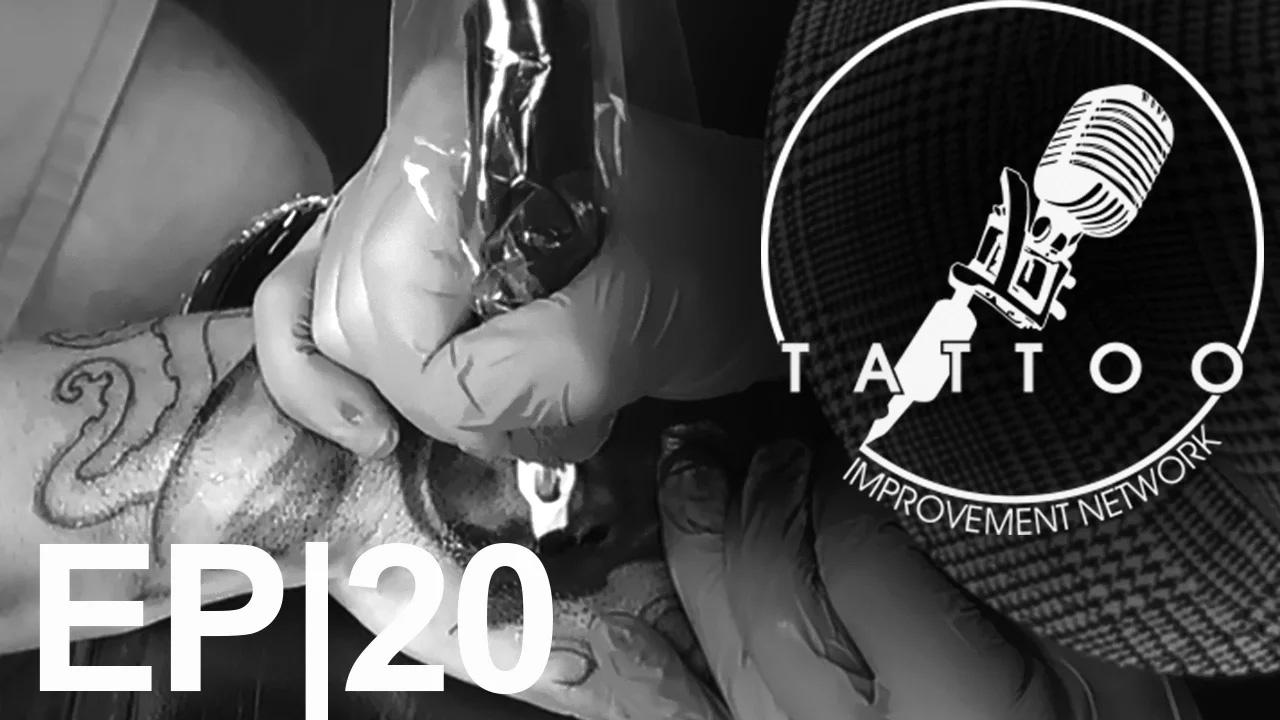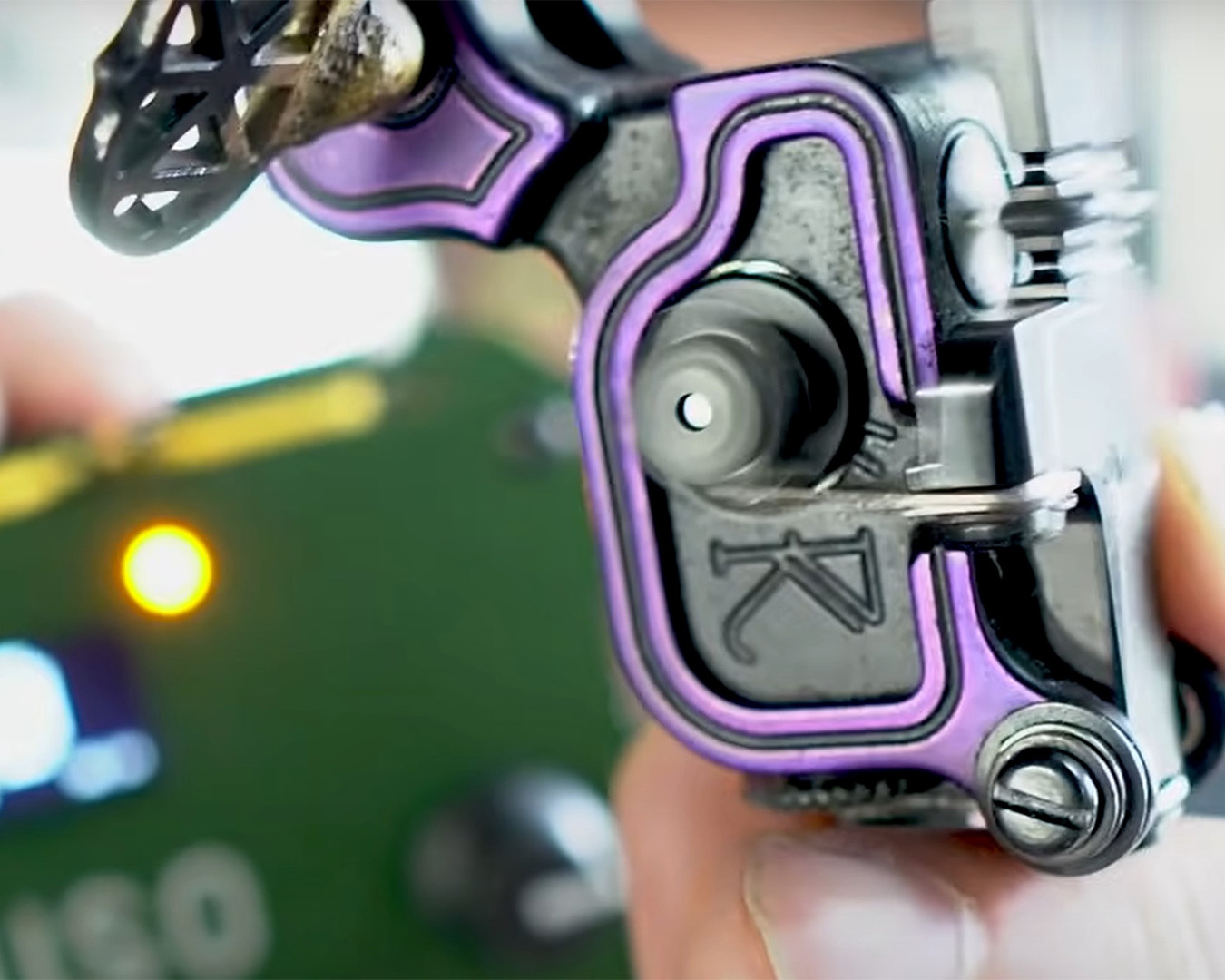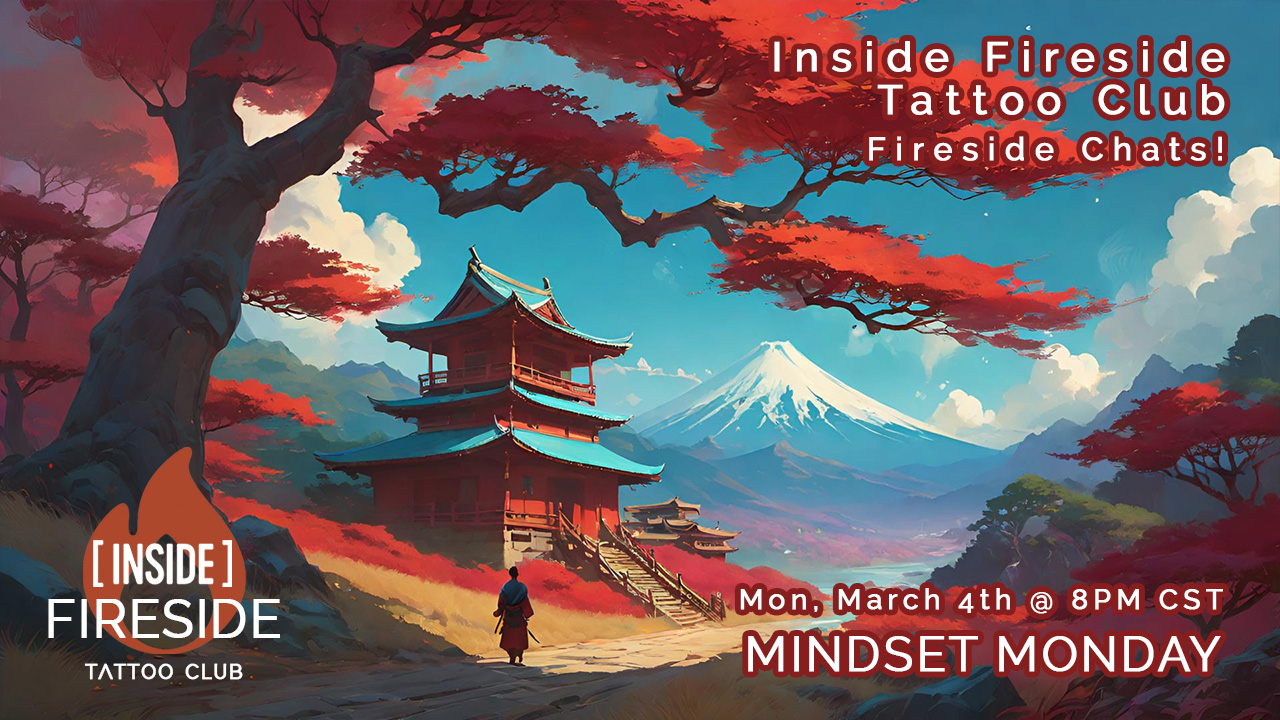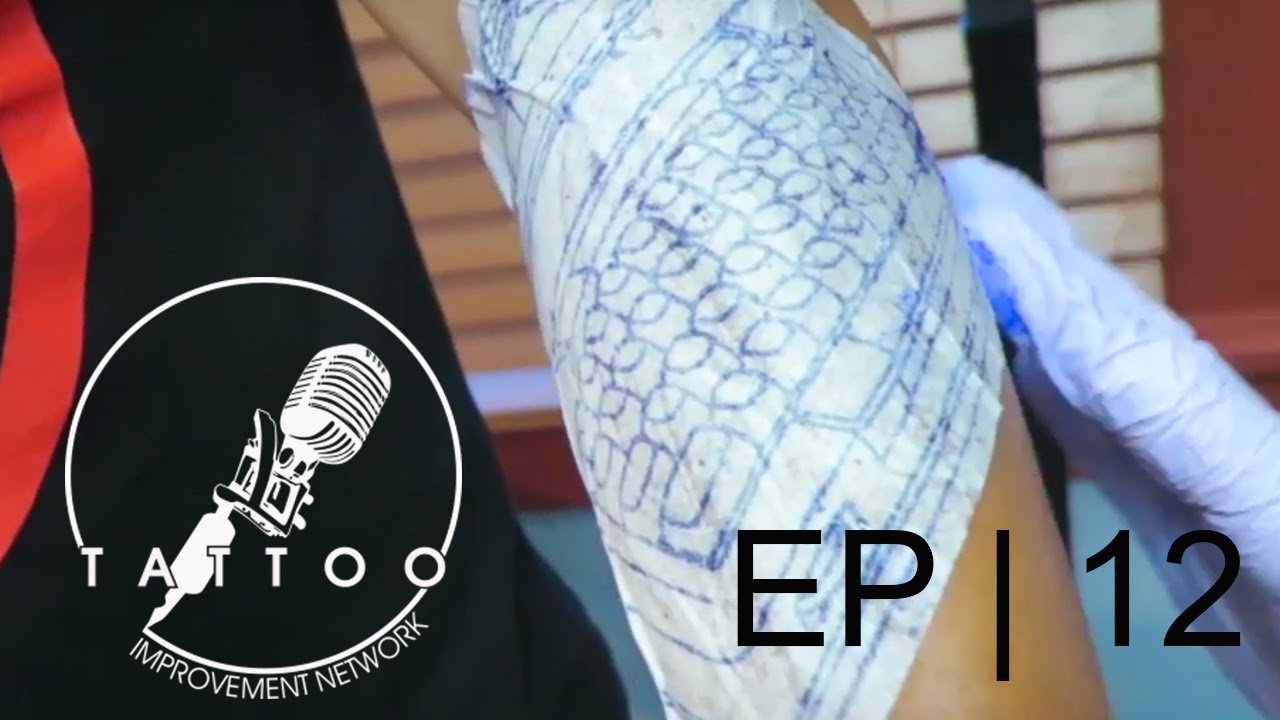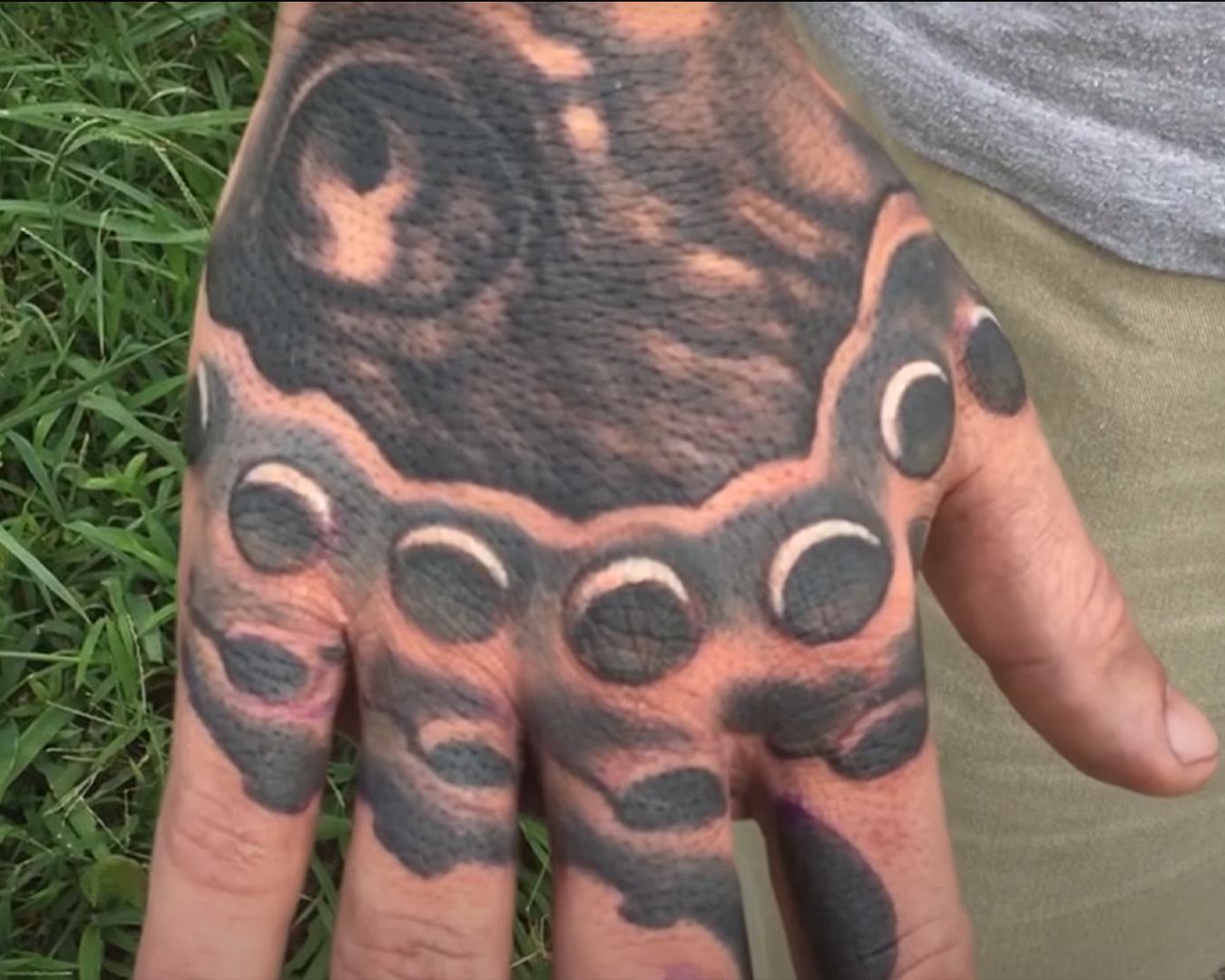Tattoo Gear: What is a Direct Drive Rotary Tattoo Machines Explained Fireside Technique EP 40
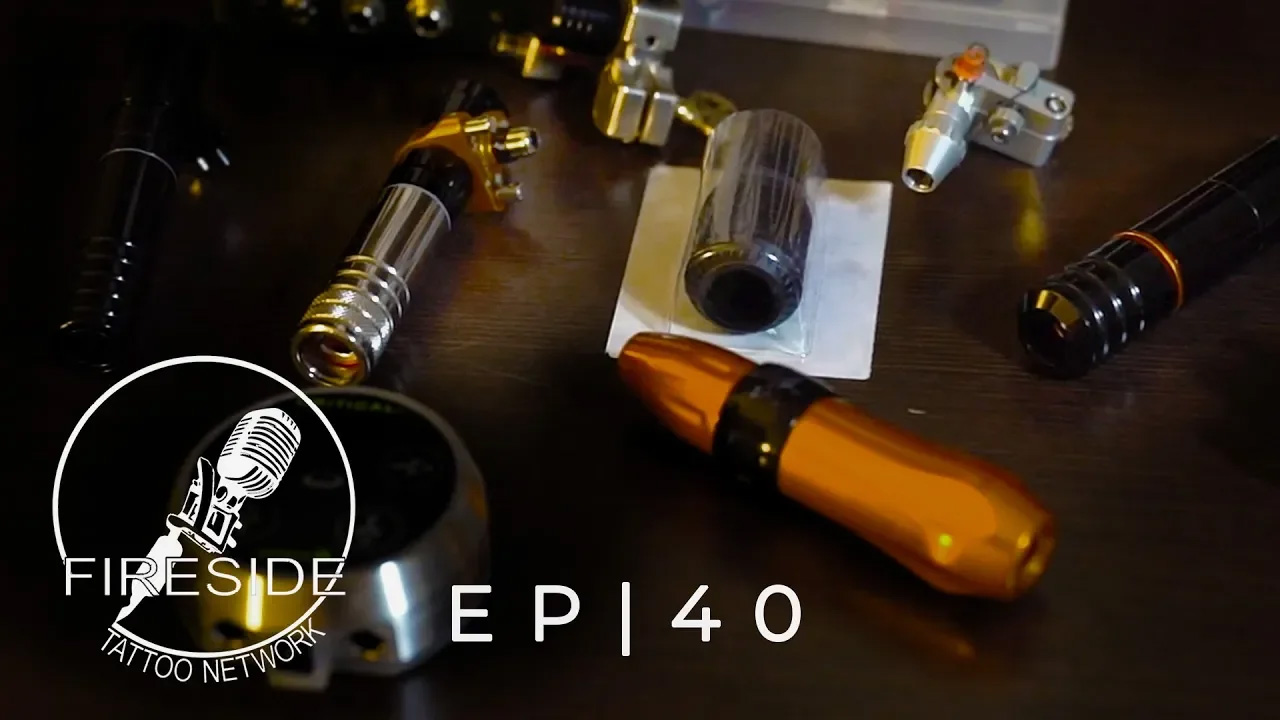
What is a Direct Drive? Rotary Tattoo Machines Explained
| Fireside Technique | EP 40
Rotary tattoo machine technology has exploded over the last decade, which is great news for tattooers. But it often makes determining what machine to buy confusing and challenging. In this episode, we break down common rotary machine terminology and try to help you decide what type of machine is right for you. Enjoy!
This episode was made possible thanks to:
Video By Jake Meeks —
Writing By Daniel Pushcarich —
Topics: Tattoo Machines, Rotary Tattoo Machines, Tattoo Gun, Rotary, Direct Drive Motor, Tattoo, Ty Pallotta, Bald Guys
Let’s Define A Direct Drive Tattoo Machine
“Anything that doesn't have a spring or rubber or any kind of dampening system, it's direct. It’s gonna hit a hundred percent, it's not gonna back off at all.”
- Ty Pallotta
Among the various types of rotary tattoo machines available, we will focus on the direct drive machines. These machines are characterized by their utilization of a motor with a cam system.
Typically, a direct drive machine employs a DC motor that spins at high speeds, generating the necessary power to move the needle in an up-and-down motion. Attached to the motor shaft is a cam or eccentric wheel, which converts the rotational motion of the motor into linear motion. As the cam rotates, it drives the needle bar or drive bar (in the case of cartridge machines) up and down.
When it comes to the needle's interaction with the skin, it must complete a full rotation with the cam on the drive wheel, regardless of any resistance or pushback from the skin. In essence, unless there is an incorporated mechanism to introduce artificial "give," the needle's movement is solely determined by the rotation of the cam on the drive wheel. This lack of inherent flexibility highlights the importance of understanding and managing the interaction between the machine and the skin.
What “Gives”? Tattoo Machine Dampening
“When you have ‘give’ you’re creating resistance. When you have rubber or a spring, when you start to give it creates more resistance, so even though the stroke length is getting shorter that give [mechanism] is pushing back…”
- Ty Pallotta
"Give" refers to the flexibility and responsiveness of a tattoo machine's needle mechanism. It determines how much the needle will yield or bounce back upon contact with the skin.
Adjusting the give in a tattoo machine is typically done by manipulating the tension on the needle bar. More give is achieved by loosening the tension, allowing the needle to have greater movement and provide a softer touch. Conversely, reducing the give is done by tightening the tension, resulting in a stiffer up and down motion of the bar and a firmer touch on the skin.
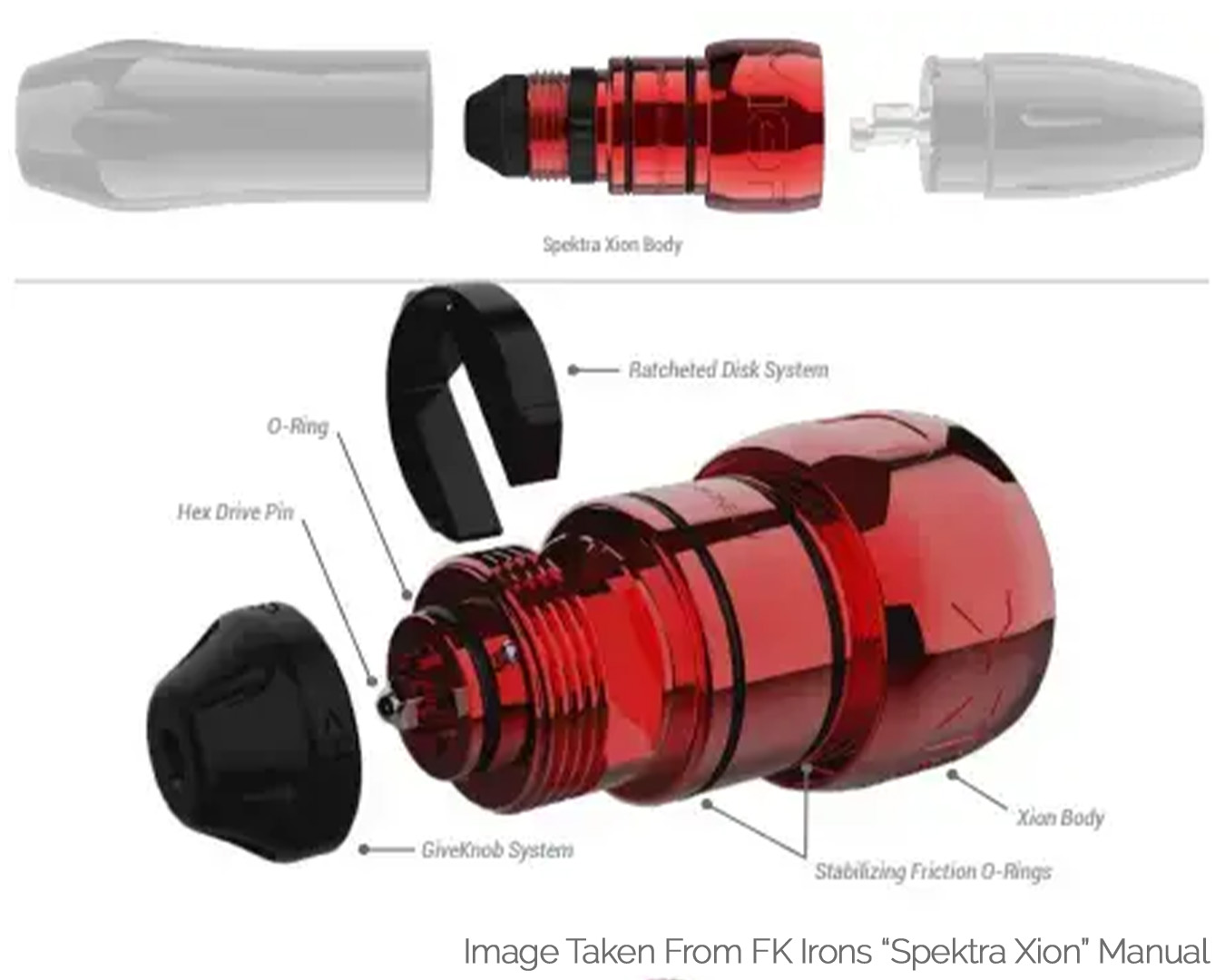
In rotary tattoo machines, the implementation of give differs from traditional coil machines. For example, the Spektra Xion utilizes a spring system with an adjustment knob. Other manufacturers may have their own approaches:
- Dampening Systems: These often involve the use of rubber bands or o-rings placed around the needle bar or drive bar. The elasticity of these rubber elements allows for controlled flexion and back pressure, helping to stabilize the needle as it contacts the skin.
- Springs: Springs are typically positioned between the motor and the drive bar assembly. The compression or tension of the spring provides a certain level of flexibility, enabling the needle to give and rebound slightly.
- Rubber Softening Mechanisms: These include grommets or bumpers strategically placed to absorb vibrations and provide a softer touch during tattooing.
These various mechanisms and techniques aim to enhance the machine's performance and ensure a more comfortable experience for both the tattoo artist and the client.
Tattoo Needles: Cartridges or Needle-On-Bar
You have a couple different options with direct drive rotaries, and your needle style choices will vary depending on your preference. Some direct drive rotary tattoo machines can utilize the standard tube and needle-on-bar set up, which has the needle attached to the cam from the eyelet and run through a tube. You can also get grips that convert certain machines so that you can utilize a drive-bar and cartridge set up as well for quick changing needles.
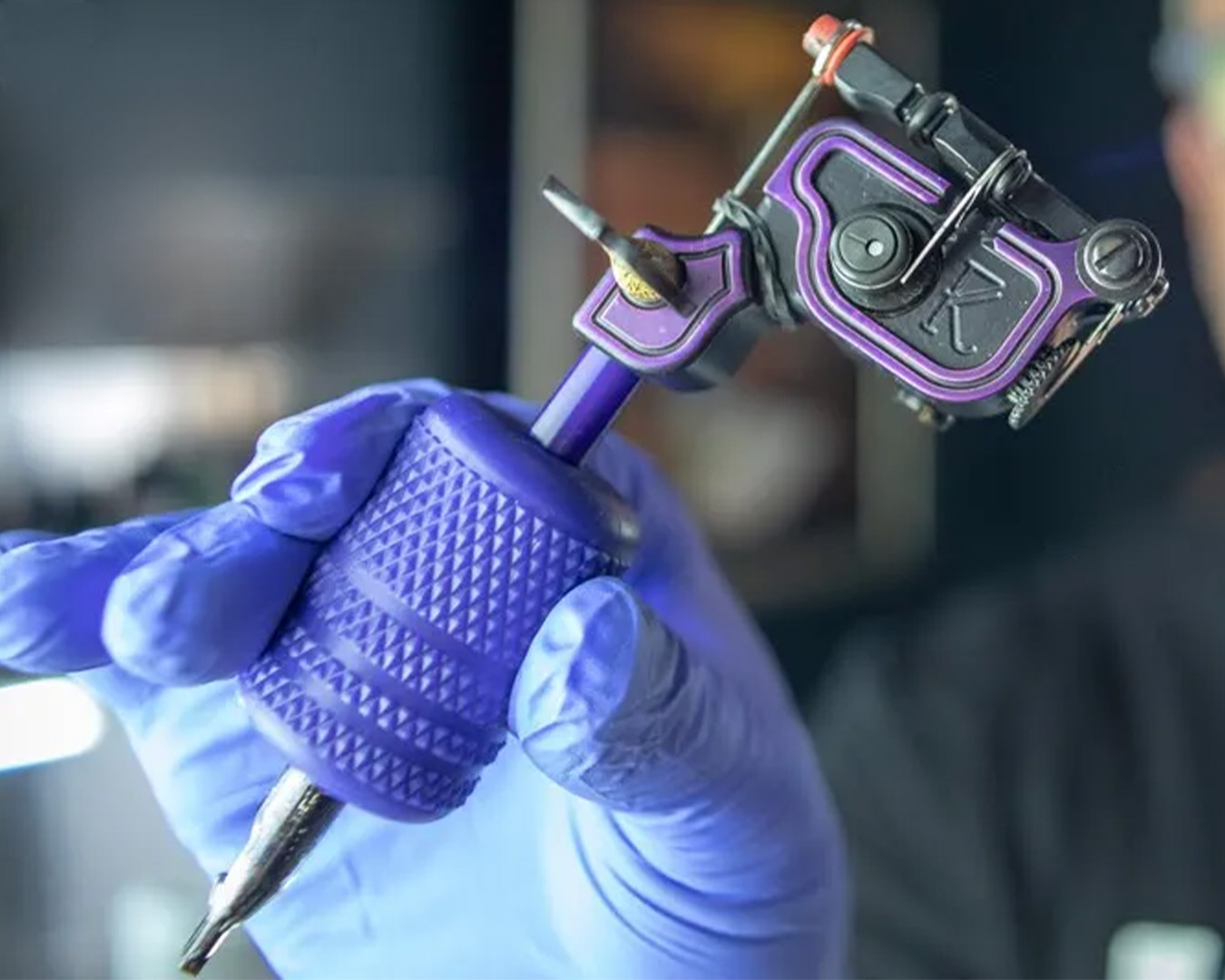
Pen style tattoo machines on the other hand primarily use grips where you attach a needle cartridge to the bottom and the internal drive bar pushes the plunger up and down.
Great for realism! What if You do More Traditional Tattoos?
“A ‘no-give’ machine makes you rely on your hand technique which means you’re going to have smaller dots, because you’re going into the skin with a lot of finesse.”
- Ty Pallotta
Direct drive machines require a lighter touch and rely on wrist control and specific techniques to achieve desired textures and nuanced effects. Tattoo artists specializing in black and gray or color realism often find these machines suitable for their work because of the need to gradually build up layers.
“If you’re going to work and do something that’s blended, or you’re going to pack solid color, ‘give’ is going to get that job done way faster”
- Ty Pallotta
On the other hand, machines equipped with a "give" mechanism are better suited for tasks like color packing, laying in solid fields, or shading. Artists who focus on more traditional styles or have an illustrative approach may prefer these types of rotary machines.
It's important to note that tattoo machines are highly personal, and while manufacturers may have a specific intention behind their designs, the style of the machine and its compatibility with your technique ultimately depend on your personal preference. Therefore, we highly recommend trying out different machines to discover which type best suits your needs and artistic style.
Want more tattoo education and resources?
Check out our Gear & Technology catalog HERE!
Transcript for this video can be found (here). All transcripts can be found (Here)
(Update when transcript page is made)
The Fireside Tattoo Network is home to the Fireside podcast, Fireside Technique video series and our Fireside Weekly blog.
The Fireside Tattoo podcast is hosted by veteran tattooer Jake Meeks, check out our episodes where we discuss, argue and wax philosophical, from tips for all levels of artists to trends in the tattoo world. Many guest artists have sat down for interviews and in-depth conversations and many more are planned…check back often!
Our Fireside Tattoo Overview video series offers informative, short, and detailed videos geared towards helping artists understand the science and nuances of tattoos and make more informed decisions to improve their work. We often take some of our more technical topics from our Fireside podcast and film an in-depth, narrated, time-lapse video showing exactly how Jake or our featured artists handle certain issues.
Support us while buying the stuff you need at the links below!
- Get 10% off the Neuma 4 with code “Fireside” at checkout
https://neumatattoo.com - Get 10 % off all S8 Tattoo products with promo code “Fireside”
https://s8tattoo.com/ - TattooNOW Website and Automation services at the link below
https://TattooNOW.com/Fireside - Get 10% off your order from Raw Pigments with code “fireside”
https://rawpigments.co/
Tattoo Gear giving you option paralysis?
Tattoo gear has come a long way over the last decade. From tattoo machines and power supplies to batteries and cartridges. For years Jake has had hundreds of requests for reviews on many of these subjects and everything in between.
At Fireside we offer honest and unbiased advice on all aspects of tattoo gear and supplies. We want to give you confidence for making more informed decisions for your tattooing workstation and, most importantly, for your clients.
Check out our episodes on:
We've got a ton of podcasts about tattoo gear:
Recent News
Tattooing Hands and Knuckles
- 04/10/24